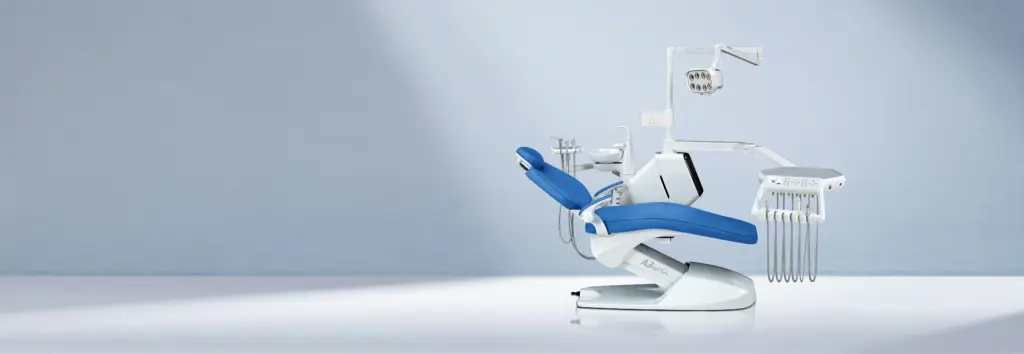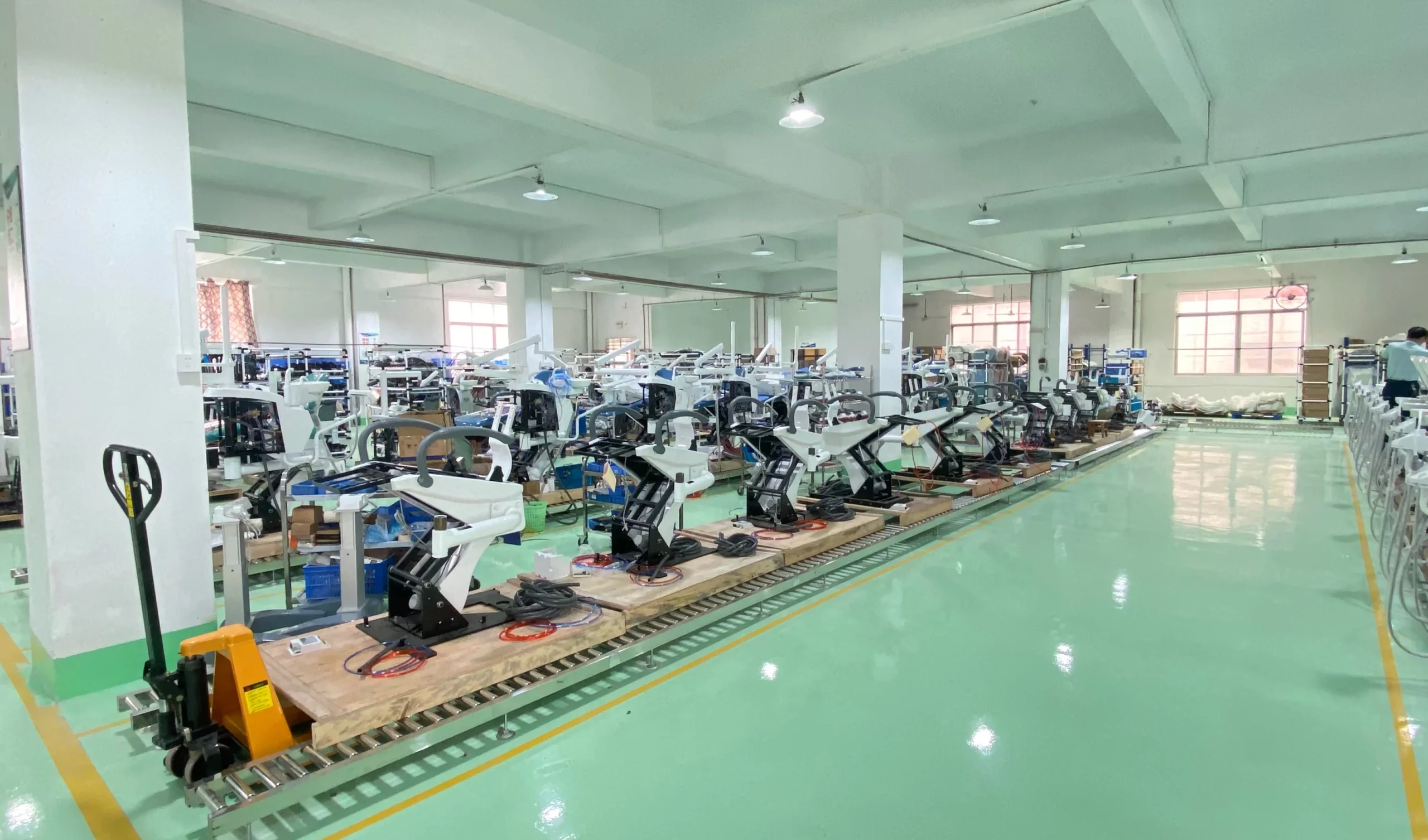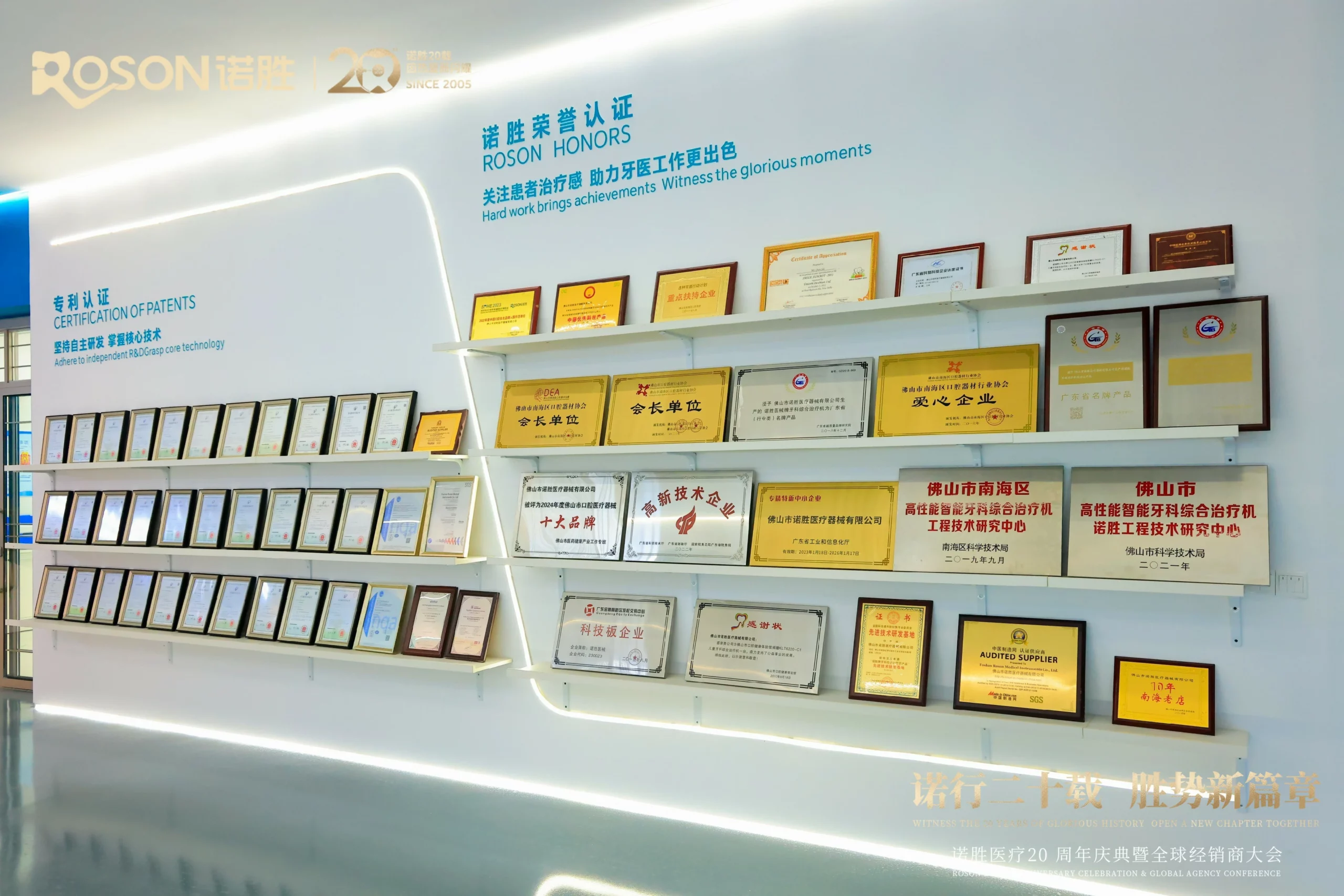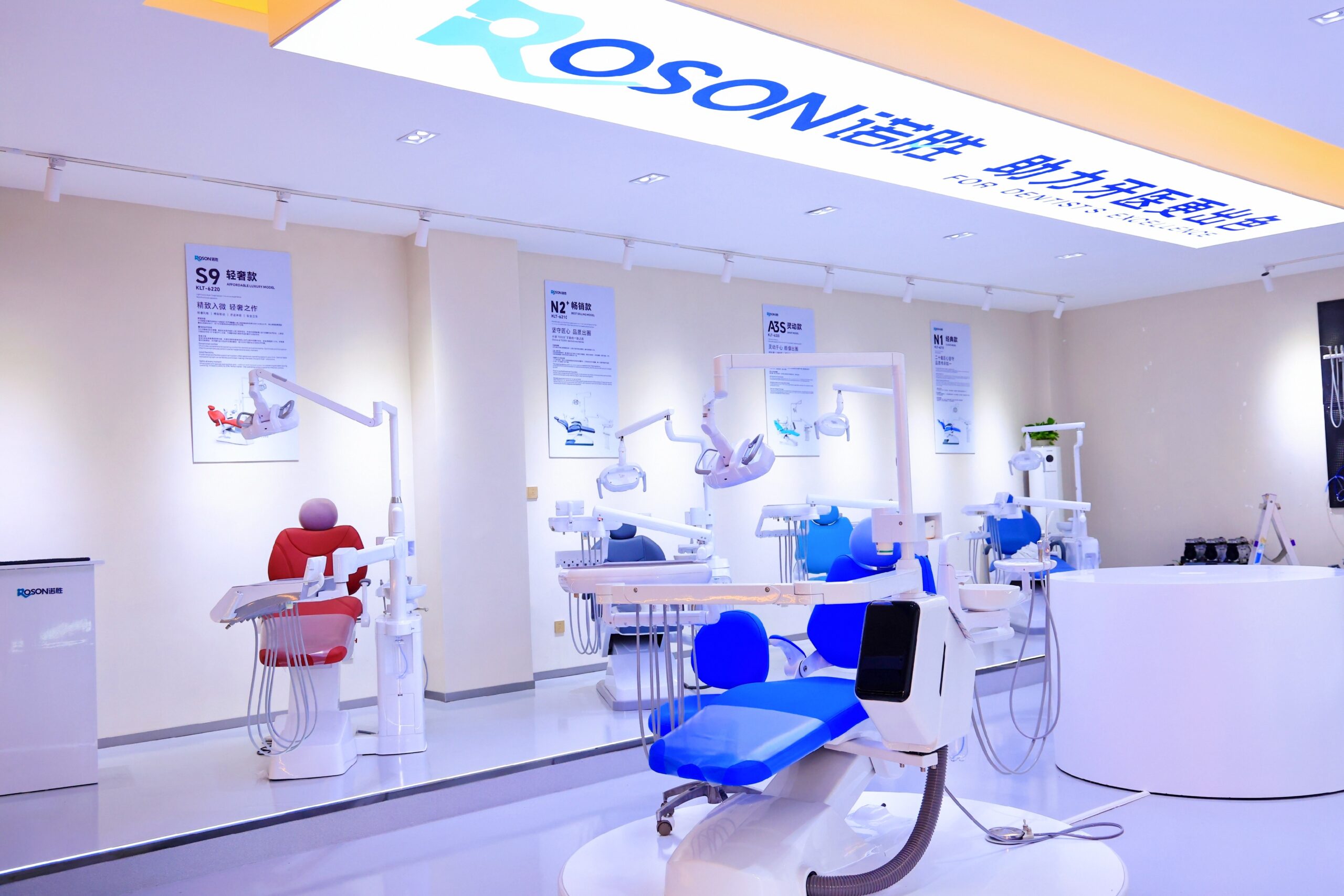When your dental chair begins to exhibit signs of wear and tear, it’s more than an inconvenience—it can affect the level of care you can offer. It’s essential to be aware of the early warning signs that your chair may need to be replaced or, at the least, require some serious attention. Here’s an overview of five universal signs that your dental chair may be on its way out, along with some advice on how to maximize its life expectancy before you opt to replace it.
Sign 1: It Groans and Jerks (The Sound of Failure)
Do you notice your dental chair producing unusual groaning, squeaking, or jerking movements when adjusting? These sounds usually point to an underlying mechanical problem. The motor or hydraulic systems could be laboring, or the moving components of the chair could be wearing out. If the chair is not adjusting smoothly, or if it produces sounds that interfere with your work, it could be a sign that something is on the verge of failing. A dental chair repair may provide a temporary solution, but if the sounds continue, it could be time to look for a replacement.
The mechanical problems with the chair not only impact the patient’s comfort but also the ergonomics for you, which can have a long-term impact on your practice. Don’t overlook these noises—they’re attempting to inform you of something.
Sign 2: The Upholstery Appears Worn Out and Unhygienic (Aesthetics & Hygiene)
Dental chairs see constant use, and the upholstery suffers over time. If your chair upholstery is stained, cracked, or worn, it’s not only a looks issue—it’s also a hygiene issue. A compromised upholstery can trap bacteria, which makes it more difficult to keep the environment clean for patients.
Whereas you may assume that a speedy repair of the dental chair will do, the reality is that if the upholstery is too worn, it can cause ongoing problems. It’s not a bad idea to consider replacing it for both hygiene and aesthetic reasons, as keeping a clean environment is paramount in your practice, unclean environment may cause infection.
Sign 3: It’s Technologically Obsolete (The Efficiency Killer)
The world of dentistry has evolved significantly with regards to technology, and the same applies to your dental chair. Your dental chair may be holding you back if it does not possess up-to-date features such as memory settings, programmable adjustments, or integration with other digital dental devices. New technology can, in the long run, enhance patient care, save time spent making manual adjustments, and even create a better comfort level for the patients as well as staff members.
If your chair seems outdated or lacks the features that more current models provide, look into purchasing a dental chair for sale that meets today’s standards for technology. New equipment may make your practice more efficient and enhance the overall experience for your patients.
Sign 4: Your Body Hurts (The Secret Health Toll)
One of the biggest indicators that it’s time to replace your dental chair is if it’s making you physically uncomfortable. If you’ve been noticing more aches and pains after long days in the office, it could be due to a lack of ergonomic support from your chair. Improperly designed or older chairs can cause strain on your body, resulting in long-term pain in your back, neck, or wrists.
An uncomfortable dentist chair impacts more than your physical comfort; it can influence the level of care you give. If you are having a hard time getting comfortable, it may be time to search for a dentist chair for sale that provides improved ergonomic support, which will decrease strain on your body and boost your efficiency.
Sign 5: Frequent and Expensive Repairs (The Drain on Your Wallet)
If your dental chair is breaking down repeatedly, needing to be repaired often, or if the repairs are increasingly expensive, it’s a good indication that it’s reaching the end of its useful life. Ongoing maintenance expenses can really add up fast, and they’re more often an indication of the need for replacement rather than a quick fix.
Though it may seem less expensive to keep having the chair repaired, in the long term, the expense of ongoing dental chair repair will exceed the cost of a new one. If your chair’s problems are repetitive and repair expenses are adding up, it is time to get a more dependable model.
First Aid or Final Decision? How to Extend Its Life Before Replacing
If your dentist chair is also indicating its age, there are measures you can take to prolong its lifespan prior to replacing it entirely. Routine maintenance, cleaning, and periodic refurbishments of essential parts (such as upholstery or the hydraulic system) can make it last a bit longer. If the above signs are occurring too regularly, though, it’s likely time to start planning for a replacement.
In deciding to replace or repair, factor in the total repair cost, how much you use your chair in daily practice, and how it impacts patient comfort and your own well-being.
Frequently Asked Questions About Dental Chair Maintenance and Replacement
Q1. How Do I Keep My Dental Chair From Producing Unusual Sounds?
Proper maintenance is the secret to keeping your dental chair from producing unnecessary sounds. Make sure to lubricate the moving components, inspect for loose parts, and change hydraulic components that are worn out. If the problem continues even after maintenance, then it may be an indication of a more serious mechanical problem that needs to be addressed through dental chair repair or replacement.
Q2. What Should I Be Looking for When I Purchase a New Dental Chair?
When you are buying a new dental chair for sale, look first for ergonomic design features that provide body support and enable you to operate the chair with ease. Determine if the chair has contemporary technological advancements such as memory function, digital controls, and integration with other devices in your practice. Look also for a robust, easy-to-clean upholstery and hydraulic systems.
Q3. Should I Replace or Refurbish My Aging Dental Chair?
If your repair bills for the dental chair are becoming increasingly costly and frequent, it would be more economical to have it replaced. Frequent breakdowns, discomfort, and outdated features are good signs that replacement is the better course of action.
Q4. How Do I Maximize the Lifespan of My Dental Chair?
To prolong your chair’s lifespan, clean and service it regularly, particularly the upholstery and moving components. Monitor the hydraulic system and ensure all of the functions are running smoothly. Replacing worn parts, such as upholstery or motors, from time to time can also allow you to gain more mileage out of your chair before deciding on a complete replacement.
Q5. What Are the Advantages of Investing in a New Dental Chair?
Investing in a new dental chair for sale can have several advantages, such as enhanced patient comfort, increased operational efficiency, and improved ergonomic support for yourself. With newer technology, memory settings and automatic adjustments are also features that can help you simplify your practice.
Making the Right Choice for Your Dental Practice
If you see these five indicators in your dental chair, it’s time to determine if it’s time to have it repaired or buy a new one. Your practice efficiency, your well-being, and your patients’ comfort rely on it. Dental chair repair may extend its life for a bit, but sometimes a new chair could be the best choice for all parties concerned.











